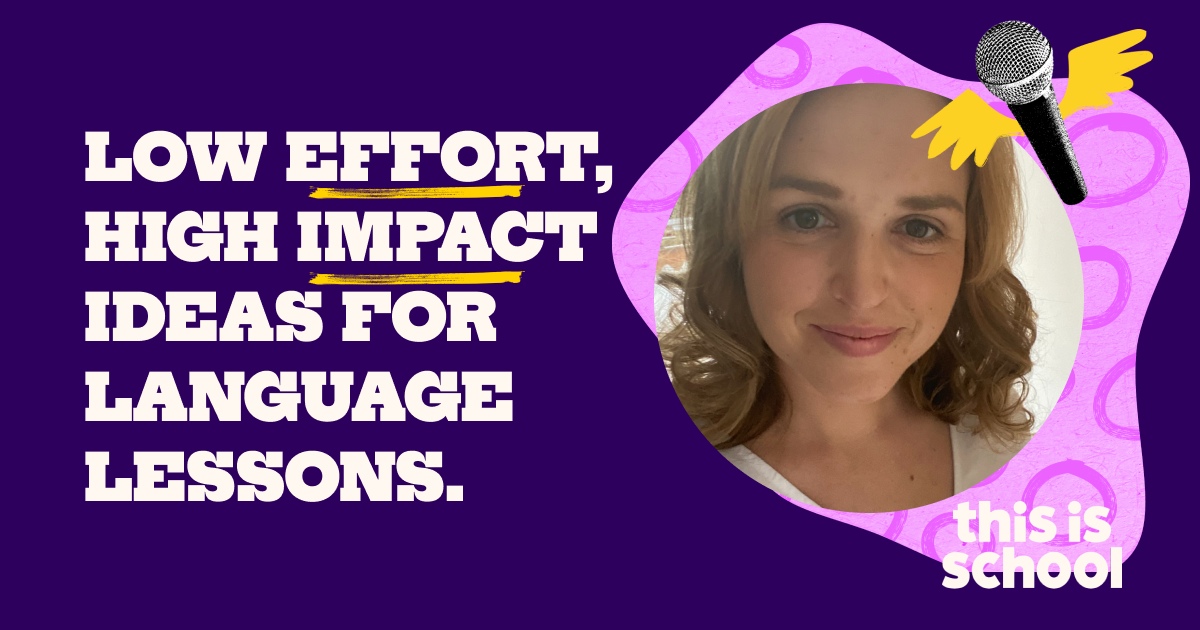What We Know About Dictation for the New GCSE


Although often seen as an old-fashioned technique, dictation has become more fashionable recently and remains a valuable tool in the MFL teacher's arsenal.
The landscape of Modern Foreign Languages education in secondary schools across England is continuously evolving. Among the traditional methods for teaching and assessing language skills, dictation holds a particular niche. Although often seen as an old-fashioned technique, dictation has become more fashionable recently and remains a valuable tool in the MFL teacher's arsenal.
Dictation involves a teacher reading aloud a passage in a foreign language, with students writing down what they hear. This seemingly simple activity requires a complex set of skills: attentive listening, comprehension, and the ability to transcribe words and sentences quickly and accurately.
As we know, dictation is not new at all. As language teachers we have all been using dictation activities for years. The activities that my students prefer are running dictation, buzzed dictation, spelling bee and delayed dictation. What is new is that dictation will now be assessed for the new GCSE, with the first exams in 2026.
The French, German and Spanish GCSE subject content (Department for Education, February 2023) explains that students are required to “undertake dictation of short, spoken extracts (including some vocabulary from outside the vocabulary list) with credit for accurate spelling’ (page 4). The dictation task is required in order to test Sound Symbol Correspondence. Both AQA and Edexcel restrict the vocabulary to only the necessary number of words required, and the two unknown words required test very familiar words. They also permit the allocation of full marks for these words, even if the response is not entirely correct.”
Helen Myers (Chair of the Association for Language Learning London and invited Trustee of the Association) has produced a very concise table showing how both exam boards, AQA and Edexcel, differ.

I strongly advise you to visit the assessment resources page from your exam board to have a look at the sample assessment materials that they have made available. You’ll be able to see different examples of dictation, sample answers and most importantly the mark scheme with comments from the exam board. The mark scheme provides clarity on what the examiners are looking for in student responses. It outlines the criteria for awarding marks, helping us as teachers understand the expectations for this task.
With what we already know, it’s important to not only discuss with your department how you are incorporating dictation into your curriculum but also how you are teaching phonics at KS3. Do you teach phonics in isolation or is it embedded and practised via the four language skills? How often is it practised? Do you assess it?
In the next edition, we will be looking at the advantages of dictation so watch this space!
--
Jennifer Wozniak-Rush is Assistant Headteacher at The Hollins in Lancashire.

